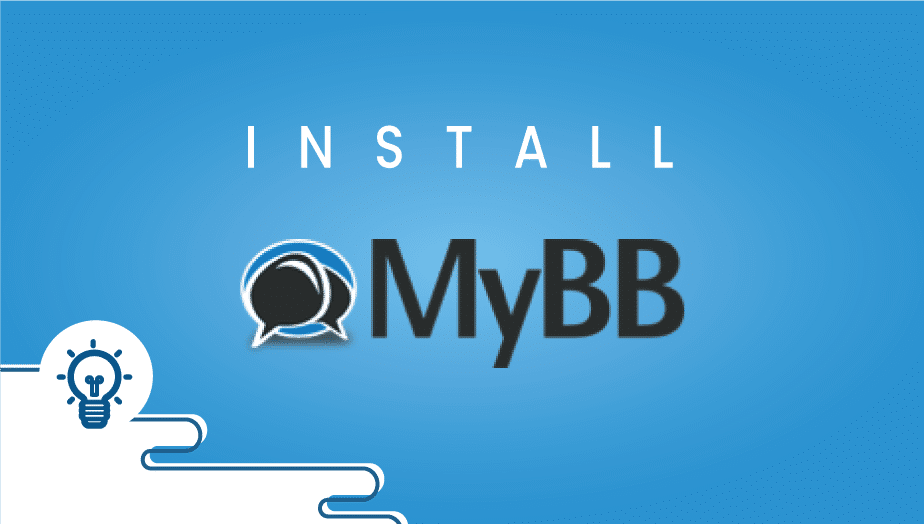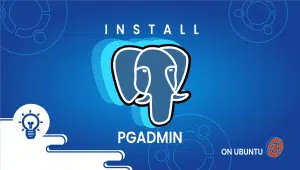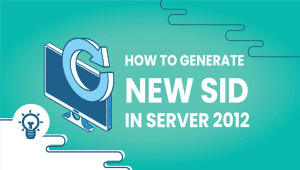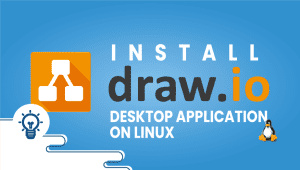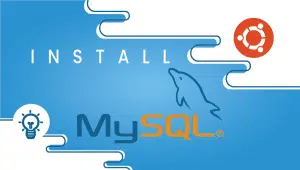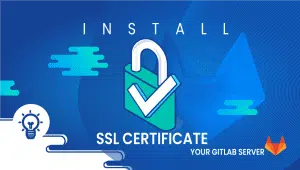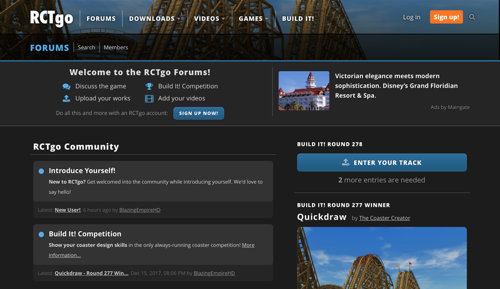
What is MyBB?
MyBB is a free forum software/board framework created by the MyBB Group. A lot of thought has gone into the MyBB interface to simplify it. MyBB utilizes a standard conversation board structure, so your guests will feel acquainted with how MyBB works.
Your guests can use the MyBB client control board to change how they see conversations. They can likewise effectively begin and answer chats and markup their posts. The gathering heads and arbitrators can utilize MyBB’s inline altering and balance highlights to control the conversation and keep the discussion clean.
What is the MyBB Group?
I referenced the MyBB group above. So now I might have you wondering what even is the MyBB group. Individuals from the MyBB Group are responsible for arranging MyBB’s future. They are frequently called the MyBB Team and volunteers dedicated to creating, supporting, and dealing with the MyBB discussion programming.
The MyBB Team is pushing to open its improvement cycle as an open-source venture. However, much could be expected to make it simpler for network individuals to engage with the undertaking. Network individuals effectively adding to the MyBB venture are selected to join the group in an official limit.
What are some of the features of MyBB?
•Have a limitless number of individuals, discussions, posts, strings, and anything else!
•MySQL Fulltext search abilities (MySQL 4.1+)
•The exact number of duplicates as you like, one information base.
• adjustable with our natural layouts and subject framework
•Introduce or make the same number of various dialects at your gathering however you see fit
•Created in PHP, viable with MySQL, PgSQL, and SQLite v2 and v3 information-based workers
•Ground-breaking client control board
•Custom profiles and settings per client
•Custom profile fields
•Progressed private informing framework with the following and various envelopes
•Notoriety framework permitting individuals to rate one another
•Marks, symbols, mate and overlook records and discussion memberships
•Connect different documents to a solitary post
•Programmed thumbnail age for appended pictures
•Interactive smilies and BB Code
•Fast balance choices for mediators
•Email notice of new posts
• Do surveys with different alternatives and join them to strings
•Multi-quote – quote different posts effectively in one answer
Well, Is MyBB a high-quality application?
Well, that’s for you to decide. Let’s look at some of its ratings and see if we can conclude whether it’s a high-quality site.
Installing the MyBB Forum website on your VPSie (VPS Server)
It is much easier than you would think it is to install MyBB on a VPSie. Install CentOS, LAMP, and CentOS Web Pane,l aka Web Control Panel. For all this, you will find a lot of guides online.
Once you have them, installing MyBB is just by adding a database and then uploading files to proper areas as per documentation.
Notes:
Operating system: CentOS 7
You can use the Softaculous auto script installer to install MyBB forum CMS (Content Management System) via any web panel, including free web panels.
You can install using Nginx, too, with PHP 7.0
Step 1 – Setup Yum Repository
In the first step, install all the required yum repositories in your system used in the remaining tutorial for various installations. You are adding REMI, EPEL, Webtatic & MySQL community server repositories in your system.
CentOS / RHEL 7
yum install epel-release
rpm -Uvh http://rpms.famillecollet.com/enterprise/remi-release-7.rpm
rpm -Uvh http://repo.mysql.com/mysql-community-release-el7-5.noarch.rpm
CentOS / RHEL 6
yum install epel-release
rpm -Uvh http://rpms.famillecollet.com/enterprise/remi-release-6.rpm
rpm -Uvh http://repo.mysql.com/mysql-community-release-el6-5.noarch.rpm
Step 2 – Install PHP 7
Now install PHP 7 packages from remi-php72 rpm repository using the following command.
yum –enablerepo=remi-php72 install php
Now install the required PHP modules. Use the following command to list available modules in yum repositories.
yum –enablerepo=remi-php72 search php
Now check all listed modules in the above command and install the required modules like the below.
yum –enablerepo=remi-php72 install php-mysql php-xml \
php-soap php-xmlrpc php-mbstring php-json php-gd php-script
Step 3 – Install NGINX
NGINX is a popular web server used on Linux systems. Let’s install the Nginx web server using the following command on your system.
Yum install nginx
Now start the nginx service and enable it to start on boot using the below commands.
systemctl enable nginx .service
systemctl start nginx.service
Step 4 – Install MySQL 5.6
In step 1, we already have installed the required yum repository in your system. Now use the following command to install the software MySQL server on your system. Yumm install MySQL-server
You need to execute mysql_secure_installation once after installation of the MySQL server using the following command. First, it will prompt you to set a password for the root account. After that, you will be asked a few questions. We suggest you input yes ( y ) for all.
systemctl start mysqld.service
mysql_secure_installation
Now restart MySQL service and enable it to start on system boot.
systemctl restart mysqld .service
systemctl enable mysqld.service
5 – Setup PHP-FPM
Now use the following command to install the php7 fpm package using the following command.
yum –enablerepo=remi-php72 install PHP-fpm
6 – Create Nginx VirtualHost
Finally, do the configuration of Nginx VirtualHost. For this example, we are editing the default configuration file. Sudoo vi /etc/nginx/conf.d/example.conf
and make changes as below.
server {
listen 80;
root /var/www;
index index.php index.html index.htm;
server_name example.com www.example.com;
location / {
try_files $uri $uri/ /index.html;
}
error_page 404 /404.html;
error_page 500 502 503 504 /50x.html;
location = /50x.html {
root /usr/share/nginx/www;
}
location ~ .php$ {
try_files $uri =404;
fastcgi_pass 127.0.0.1:9000;
fastcgi_index index.php;
fastcgi_param SCRIPT_FILENAME $document_root$fastcgi_script_name;
include fastcgi_params;
}
}
You have to make the same changes in all Virtual Hosts configured.
7 – Restart Services
After installing all services on your system, start all required services.
systemctl restart nginx.service
systemctl restart PHP-fpm. service
- Open Port in Firewall
Finally,y open firewall ports for HTTP (80) and HTTPS (443) services using the following command.
firewall-cmd –permanent –zone=public –add-service=http
firewall-cmd –permanent –zone=public –add-service=https
firewall-cmd –reload
- Verify Setup
Let’s check the installed versions of packages on the system using the following commands individually.
# php -v
PHP 7.2.0 (cli) (built: Nov 28, 2017, 20:22:21) ( NTS )
Copyright (c) 1997-2017 The PHP Group
Zend Engine v3.2.0, Copyright (c) 1998-2017 Zend Technologies
# nginx -v
nginx version: nginx/1.12.2
- Finished Setup
Finally, verify the installation of PHP 7 with NGINX. Let’s create a file index.php on the website document root (public_html or html_docs etc.)
Now browse this file in a web browser. It will show all the details about versions and installation.
FAQ
MyBB (MyBulletinBoard) is free and open-source forum software that allows you to create online communities or discussion forums. It is written in PHP and uses a MySQL or PostgreSQL database to store data.
To install MyBB, you will need a web server running PHP version 7.2 or higher and either MySQL 5.6 or higher or PostgreSQL 9.1 or higher.
Here are the general steps for installing MyBB:
- Download the latest version of MyBB from the official website.
- Extract the downloaded ZIP file to your local computer.
- Upload the contents of the extracted folder to your web server.
- Create a MySQL or PostgreSQL database and user for MyBB to use.
- Rename the file “inc/config.default.php” to “inc/config.php” and edit the file to include your database details.
- Navigate to your forum’s URL in your web browser and follow the installation wizard.
Yes, you can install MyBB on a shared web hosting account as long as your hosting provider meets the system requirements for MyBB.
Yes, it is possible to migrate from some other forum software to MyBB. MyBB provides a converter tool to migrate data from some popular forum software, such as phpBB and vBulletin.
Yes, you can customize the appearance of your MyBB forum by installing themes or creating your own custom theme. MyBB has a built-in theme manager that allows you to easily install and manage themes.
Yes, MyBB has an active community forum where you can find answers to common questions, get help with troubleshooting issues, and connect with other MyBB users.

